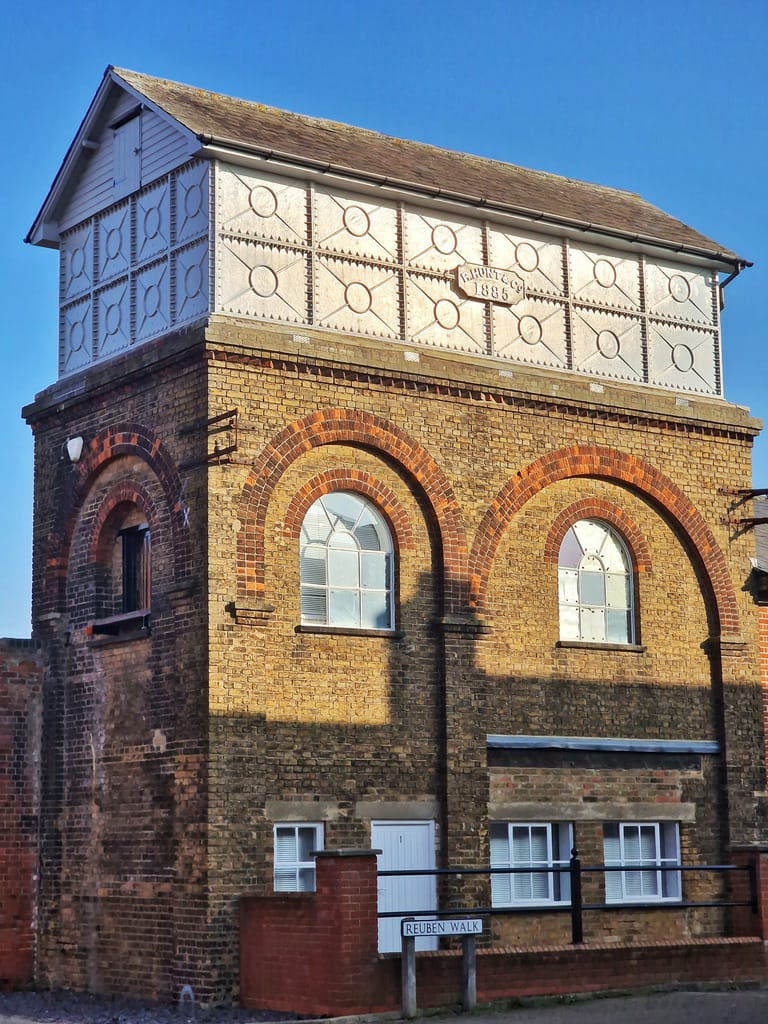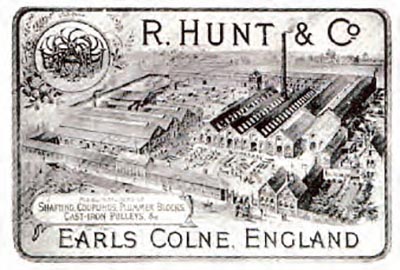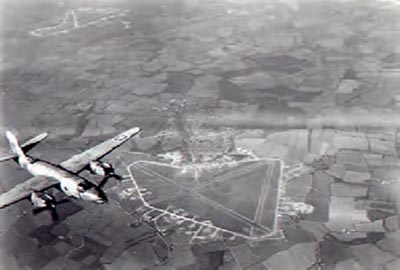
Earls Colne Heritage Museum is located in The Old Water Tower of the former Atlas Works–the R.Hunt agricultural machinery foundry, which was pivotal to the development of the village from a purely agricultural to an industrial village in the 19th & 20th centuries.
Founded in 2005, the Museum is home to artefacts from the Neolithic to the 21st century and is also a centre for village historical and family research.
The Museum is actively engaged with the village and beyond, with a programme of walks, talks, school visits and liaison with other museums.
On the 20th September 2024 the Museum unveiled a memorial to the 15 aircrew of Lancaster LM167 & LL802, killed exactly 80 years prior as the result of a tragic mid-air collision above the fields of Earls Colne & Great Tey. CLICK HERE for the story of the accident and the Memorial.
The Museum welcomes both visitors and online enquiries.

Earls Colne in Earliest Times
In Roman times this part of Essex was occupied by a native tribe called the Trinovantes. The tribal centre, that we know as Colchester and which they called Cumulodunum, became the capital of the Roman province.
Learn More

Re-used Roman bricks
Tile and brick production has been a long-established local industry and re-used Roman bricks have been identified in the base of the tower of St. Andrew’s Church, Earls Colne
Learn More

The Atlas Works and the Hunt Family
Robert Hunt, a travelling millwright, settled in Earls Colne in 1824. His first workshop was on the Green, next to the Baptist Church.
Learn More

The Second World War
Earls Colne aerodrome played a significant part in the air campaign during the Second World War.
Construction of the runways started in 1941 and the Royal Air Force was using the aerodrome within 18 months.
Learn More
Find us on Facebook

Earls Colne Heritage Museum
Tucked away on a housing estate in Earls Colne, this museum in a WaterTower is a hidden little gem!
Subscribe to our monthly newsletter
Receive announcements, museum updates and news about our upcoming events…
Your details will be held securely and will not be shared with third parties.
Please sign me up...
HOW TO FIND US
Opening Hours
Travelling from the West (Halstead):
About 100 yards past the Zebra Crossing,
take the first right into Massingham Drive
keep on this road and the museum is on your left.
Travelling from the east via Earls Colne High Street:
Take the second left after the Zebra Crossing into Massingham Drive,
keep on this road and the museum is on your left.
On a lamppost opposite the turn into Massingham Drive
is a small brown sign pointing to the museum.

